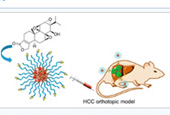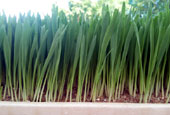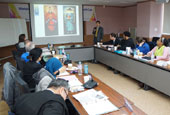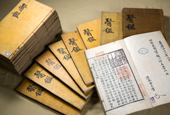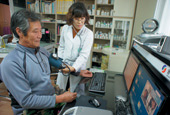-
 Korea.net's 24-hour YouTube channel
Korea.net's 24-hour YouTube channel- NEWS FOCUS
- ABOUT KOREA
- EVENTS
- RESOURCES
- GOVERNMENT
- ABOUT US
The gall bladder of a bear has traditionally been used as a medicine to improve liver function, to dissolve gallstones and to enhance one's eyesight. The detoxification effect of a bear's gall bladder is attributed to ursodesoxycholic (UDCA) acid, which exists in a large amount in the bladder. Ursa, a medicinal supplement used to improve the functioning of the liver and intestines, is made by synthesizing that acid into a gel tablet.
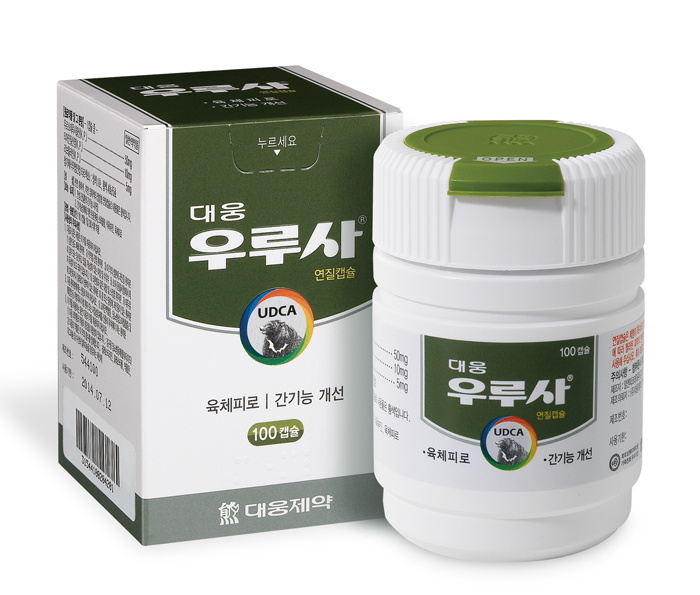
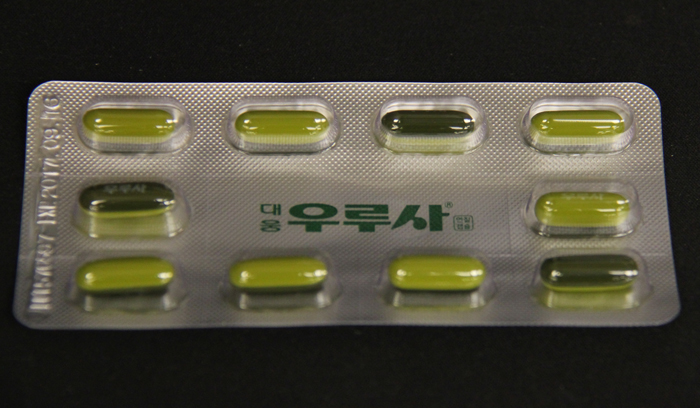
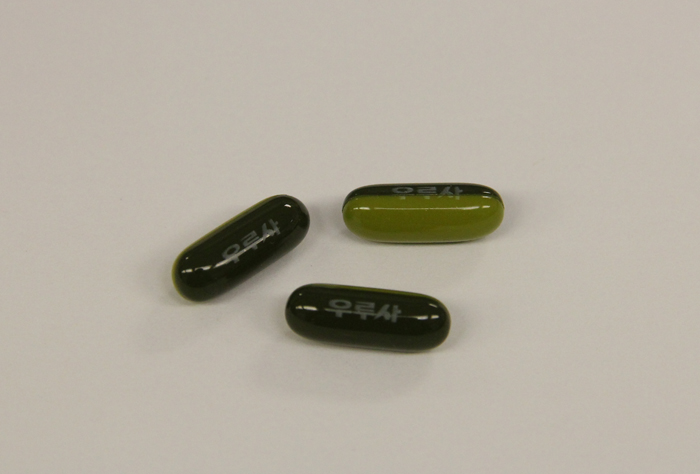
Ursa has been protecting Koreans' livers for over 50 years, ever since it emerged as a revitalization supplement at its launch in 1961. Technologies used to synthesize UDCA were invented in 1954 and Daewoong Pharmaceutical used such methods to develop Ursa and start manufacturing the medicine.
The product was named after "Ursus," meaning "bear" in Latin, and "Ursa," which also means "bear" in German. In Korean mythology, a bear also appears in the story of Dangun, the mythical founding father of the Korean people, and has become a symbol of wisdom and perseverance.
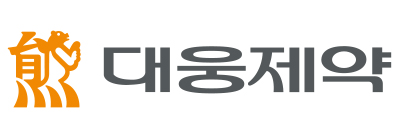
The first version of Ursa was a tablet. However, due to limitations in coating technologies at that time, it was bitter and hard to swallow. After years of research, pharmacists at Daewoong succeeded in developing technologies to produce soft gel capsules in 1974, a first in Korea. Ursa has two product lines. One is a prescription medicine and the other is an over-the-counter tablet. The over-the-counter products are then divided into Daewoong Ursa and Complex Ursa.

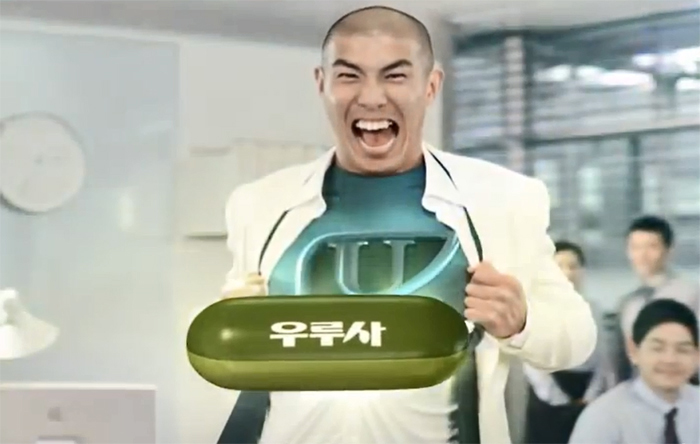
Daewoong started exporting Ursa to China in 2010. It is now sold in a number of Asian countries, including Vietnam and Thailand. The company recently completed an export deal to sell the product in Australia. It recently built a factory that meets all current good manufacturing practices (CGMP), a pharmaceutical product management standard acknowledged by the U.S. Food and Drug Administration, in a bid to export the supplement to the U.S. beginning in 2015. It is also trying to obtain the necessary approval from authorities in many other markets.
Sales of Ursa started to explode in 1978 when Daewoong first advertised the supplement as a type of liver medicine made of the same substance found in a bears' gall bladder. Ursa was also the biggest-seller in terms of value among medicinal supplements in Korea in 1983, excluding drinks sold at pharmacies. In 2013, Daewoong sold KRW 50 billion worth of Ursa in Korea and saw sales of KRW 3.6 billion overseas
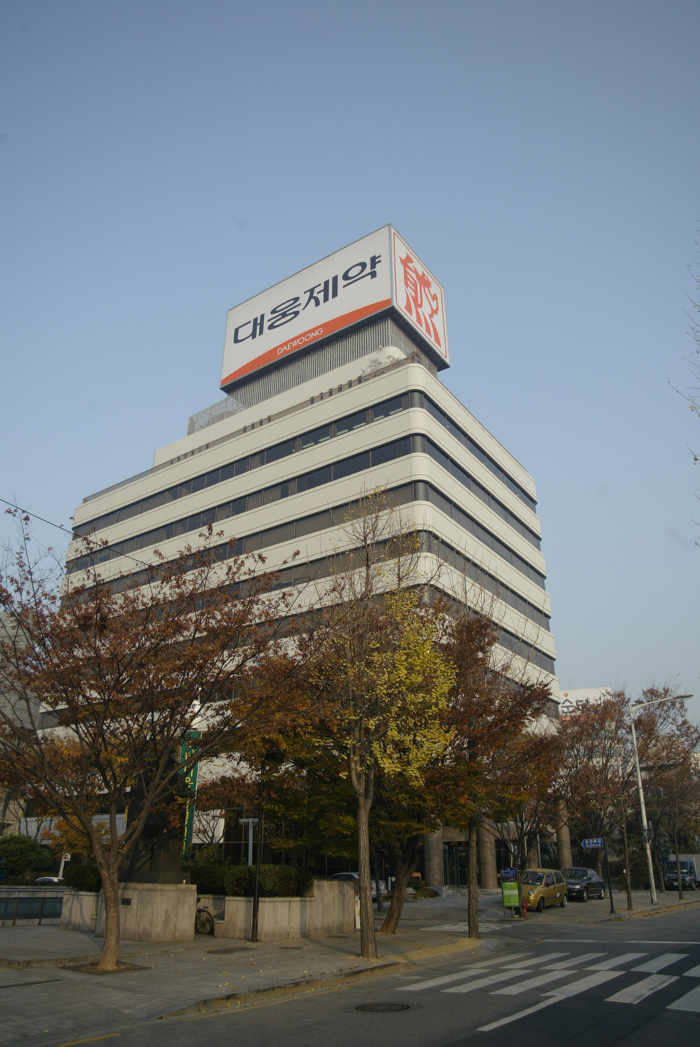
By Limb Jae-un
Korea.net Staff Writer
jun2@korea.kr




Ursa, a supplement used to revitalize the liver, is still widely used, ever since its launch over 50 years ago.
Ursa has been protecting Koreans' livers for over 50 years, ever since it emerged as a revitalization supplement at its launch in 1961. Technologies used to synthesize UDCA were invented in 1954 and Daewoong Pharmaceutical used such methods to develop Ursa and start manufacturing the medicine.
The product was named after "Ursus," meaning "bear" in Latin, and "Ursa," which also means "bear" in German. In Korean mythology, a bear also appears in the story of Dangun, the mythical founding father of the Korean people, and has become a symbol of wisdom and perseverance.

The logo of Daewoong Pharmaceutical contains the image of a bear. The logo was created by modifying the Chinese character for "bear" (熊).
The first version of Ursa was a tablet. However, due to limitations in coating technologies at that time, it was bitter and hard to swallow. After years of research, pharmacists at Daewoong succeeded in developing technologies to produce soft gel capsules in 1974, a first in Korea. Ursa has two product lines. One is a prescription medicine and the other is an over-the-counter tablet. The over-the-counter products are then divided into Daewoong Ursa and Complex Ursa.


The public is familiar with Ursa due to its popular TV commercials. In 2011, a commercial featuring Cha Du-ri, a soccer player, enjoyed huge popularity among the public due to its catchy jingle.
Daewoong started exporting Ursa to China in 2010. It is now sold in a number of Asian countries, including Vietnam and Thailand. The company recently completed an export deal to sell the product in Australia. It recently built a factory that meets all current good manufacturing practices (CGMP), a pharmaceutical product management standard acknowledged by the U.S. Food and Drug Administration, in a bid to export the supplement to the U.S. beginning in 2015. It is also trying to obtain the necessary approval from authorities in many other markets.
Sales of Ursa started to explode in 1978 when Daewoong first advertised the supplement as a type of liver medicine made of the same substance found in a bears' gall bladder. Ursa was also the biggest-seller in terms of value among medicinal supplements in Korea in 1983, excluding drinks sold at pharmacies. In 2013, Daewoong sold KRW 50 billion worth of Ursa in Korea and saw sales of KRW 3.6 billion overseas

Daewoong Pharmaceutical's headquarters are along Bongeunsa Street in Gangnam District, southern Seoul.
By Limb Jae-un
Korea.net Staff Writer
jun2@korea.kr
Related Contents
Most popular
- China warmly welcomes first Korea-born giant panda Fu Bao
- First hearing-impaired K-pop act hopes for 'barrier-free world'
- Novelist Hwang's 'Mater 2-10' shortlisted for Int'l Booker Prize
- Expats could account for 7% of population in 20 years: report
- Nat'l Fire Agency picks 137 elite staff for deployment abroad









